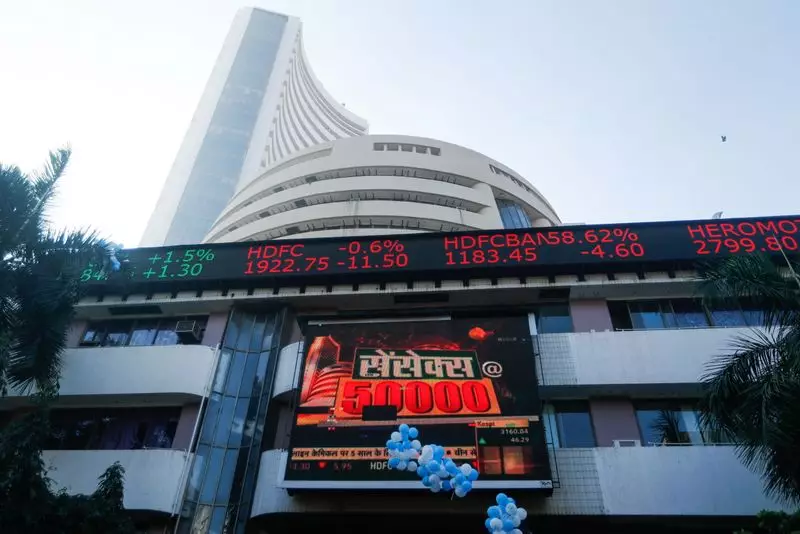The performance of India’s mid-cap and small-cap stocks has been particularly noteworthy over the past two years, especially in comparison to large-cap stocks. According to analysts at UBS, this trend has reached a historical peak, indicating a possible impending correction in the market. The significant divergence between the Nifty Midcap 100 and Nifty 50 indices suggests that the mid- and small-cap sectors have enjoyed favorable valuations, likely fueled by a wave of re-ratings throughout the fiscal year of 2023-24. Such developments invite scrutiny, raising essential questions about the sustainability of this trend.
Historical Context and Market Cycles
UBS draws a compelling comparison to previous market cycles, notably the correction observed from 2018 to 2019. Historically, these cycles reveal that periods of heightened performance often precede corrections, and current market dynamics may suggest that a similar downturn is overdue. With approximately 80% of the sectors focused on small- and mid-cap stocks currently trading at or exceeding their three-year average multiples, the signs point toward a potential oversaturation. Investors must remain vigilant, as such distortions in valuation can lead to substantial adjustments in the market.
Even in this environment of caution, UBS highlights that adept investors may still discover robust opportunities through selective, bottom-up stock picking centered on sound fundamentals. A case in point is Delhivery Ltd, which UBS anticipates will flourish in its express and part truckload divisions. Their optimistic price target of 525 rupees denotes a bullish outlook, forecasting a remarkable 57% upside potential fueled by market penetration and improved margins. Furthermore, Indian Energy Exchange Ltd emerges as another likely beneficiary from the current market landscape, with an expected 49% upside based on trading volume growth and the stringent regulatory frameworks supporting renewable energy initiatives.
The UBS report continues to identify specific stocks that could yield significant returns. Multi Commodity Exchange of India Ltd is projected to climb to 8,000 rupees, suggesting a potential 35% upside. The anticipated market dynamism results from increased participation and diverse product offerings like weekly options. Contrastingly, concerns about growth deceleration appear overstated, particularly when considering the future economic landscape. Companies such as Navin Fluorine International Ltd and Ramkrishna Forgings Ltd resonate positively with forecasts indicating potential growth due to strategic capacity expansions and contracts that enhance revenue visibility.
While the performance of mid-cap and small-cap segments in India has been impressive, the valuation metrics indicate that volatility may be on the horizon. It is crucial for investors to navigate the complexities of this evolving landscape thoughtfully. Engaging with strong, fundamentals-driven investment strategies offers a pathway through the potential turbulence ahead. As the market adjusts, those fostering due diligence are likely to emerge well-positioned to capitalize on the superior growth prospects that characterize select segments of the Indian economy.

